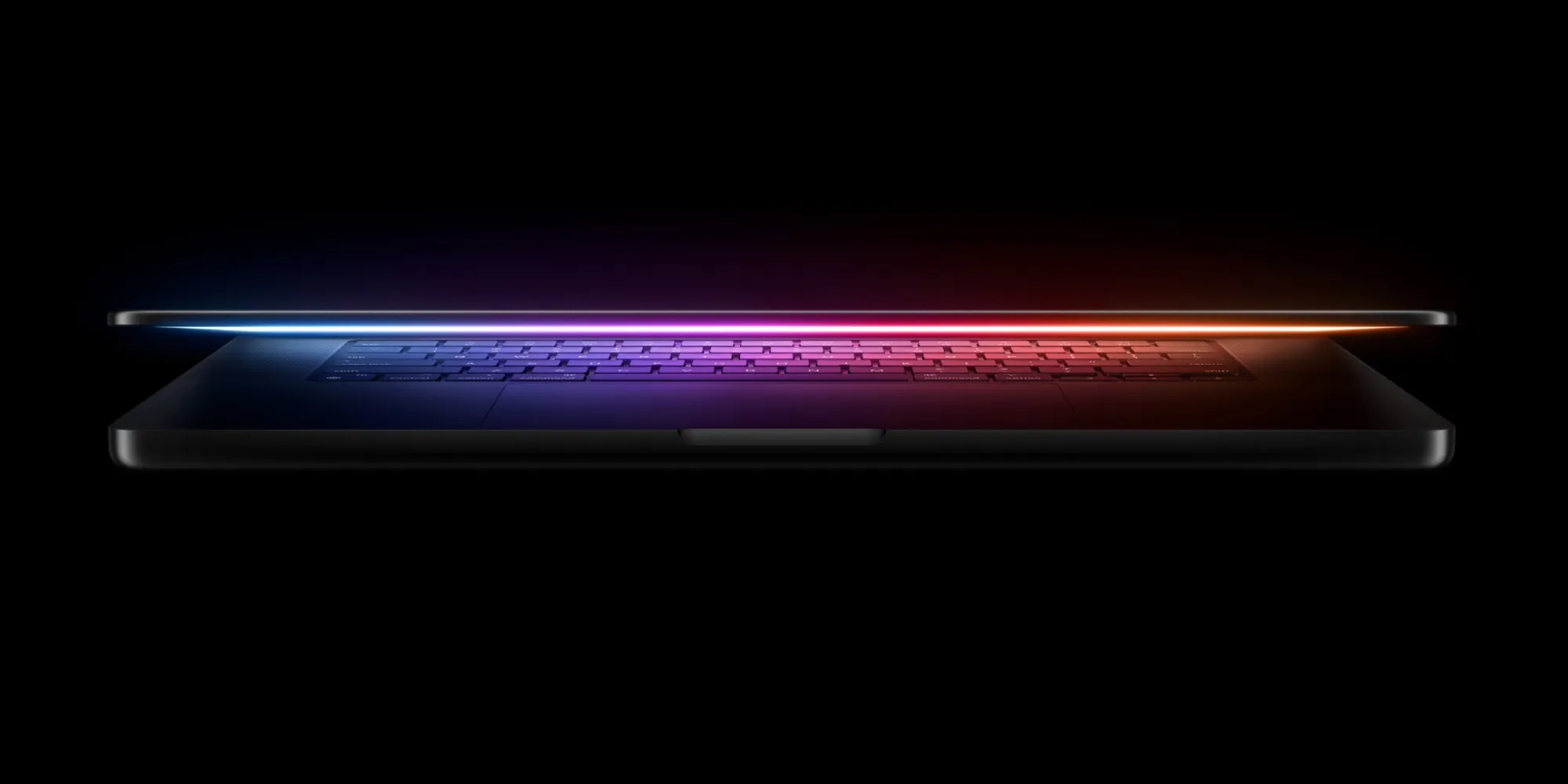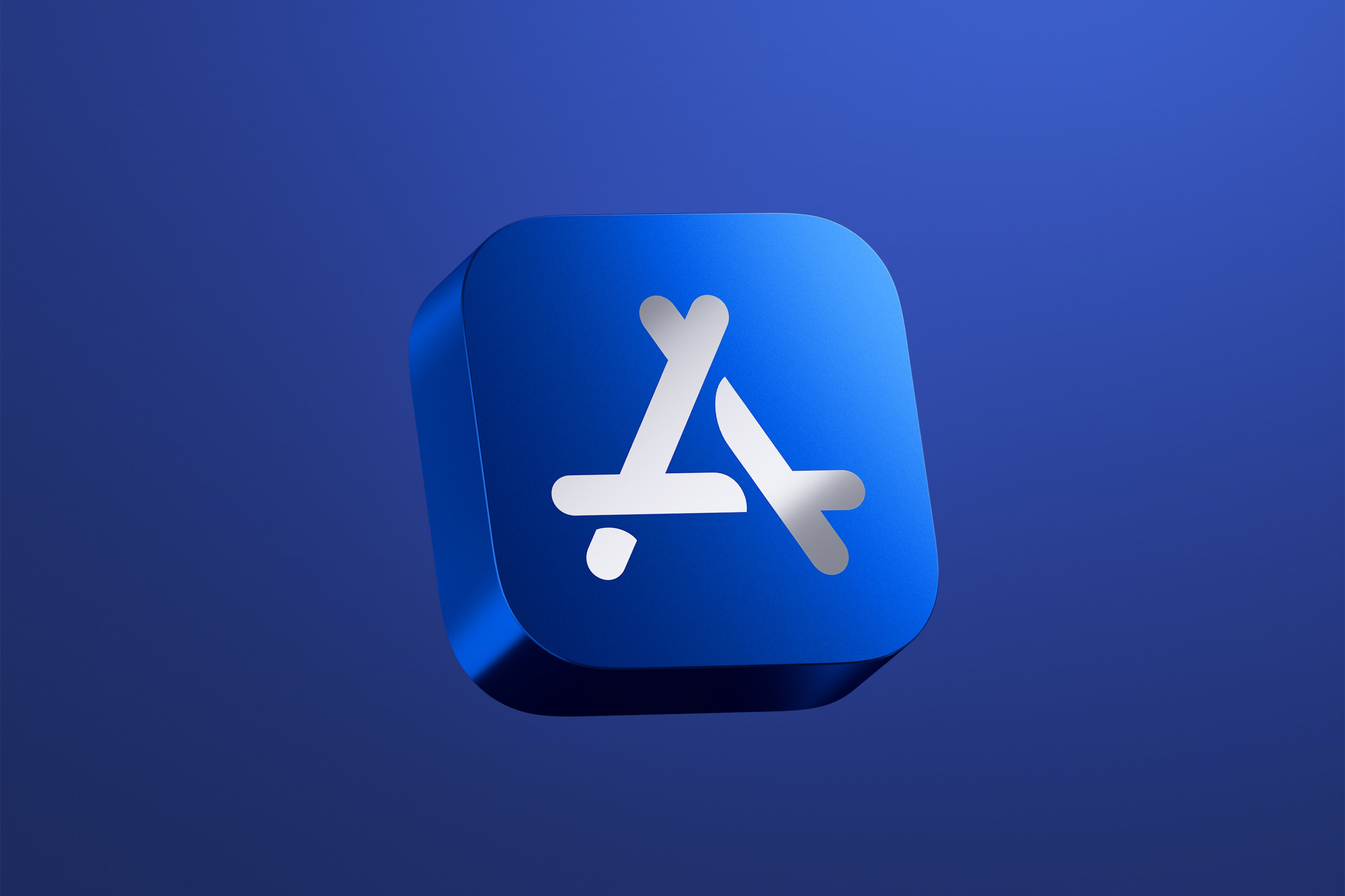Apple recently took down an advertisement for the iPhone 16 that highlighted a “smarter Siri.” This decision came after the company announced last week that some of the new Siri features, part of Apple Intelligence, won’t be ready as soon as they had hoped for iOS 18.
The Smarter Siri Ad
The ad starred English actor Isabella Ramsey and was posted on YouTube in September, just before iPhone 16 pre-orders began. In the video, Ramsey asks Siri to recall the name of someone they met at a restaurant a month earlier. The clip, now private on YouTube, was also shared on Instagram by fans, and you can still find it there.
Apple described the ad like this:
With a better understanding of your personal details, the ability to work across apps, and improved language skills, Siri will help you in exciting new ways.
Apple now says these advanced Siri upgrades will take more time and will arrive sometime next year.
What’s Happening with Siri?
The smarter Siri features were first shown off at WWDC when Apple introduced iOS 18. They were supposed to launch in an iOS 18 update and include things like knowing more about your life, understanding what’s on your screen, and working better with apps.
According to Bloomberg’s Mark Gurman, these updates might not come until next year—or possibly later. Some folks in Apple’s AI team even worry that the features might need a complete redo or could be dropped entirely.
Challenges Ahead
Inside Apple, there’s talk that making Siri better might need stronger hardware. This could mean cutting back on some features or slowing them down on today’s devices. For now, Apple is working through these issues, and fans will have to wait a bit longer for the Siri they saw in the ad.
View this post on Instagram




